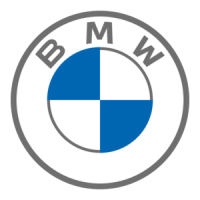26
b
c
da
5.4 Roller, Drum and Back-Pedal Brakes.
These types of brakes are hardly found any more and only still common
on touring bikes (a). The brake mechanism of these brakes is fully en-
closed and combined with a geared hub. Their brake pads and surfaces
are largely protected against the inuences of the weather.
5.4.1 Checking and Readjusting Hand-Operated Brakes.
Check whether the inner cables of the Bowden cables in the area of
the grips and brake itself are still in sound condition. They must not be
frayed. Damaged cables should be replaced immediately, as they can
snap. Brakes that have been adjusted at the brake lever only can lose
their braking power.
Regularly check whether you get a positive braking response before the
lever touches the handlebars (b).
To a certain extent, wear of the brake pads can be compensated directly
at the hand lever. Unscrew the union nut on the bolt through which the
cable enters the lever and then unscrew the bolt until the lever has the
desired travel.
Retighten the lock nut by taking care that the slot of the bolt does not
face upward or forward, as this would permit an unnecessarily high
amount of water or dirt to enter (c).
Now check the functioning of the brake and see to it that the brake pads
do not drag along the braking surface when you release the brake lever
and let the wheel spin.
Repeated readjustment at the brake lever makes the arm on the brake
calliper change its position. This can reduce braking power which may
be insufcient in an extreme case! After having repeatedly readjusted
your brake on your own, ask your BMW partner or at a bicycle specialist
shop of your trust to do this delicate job.
If you intend to do any further adjustment on your brake, be sure to read
the original instructions of the brake manufacturer before you start. In
case you are in doubt, ask your BMW partner for help.
Check regularly whether the torque support is still rmly attached to the
frame or fork (d). Use a torque wrench and never exceed the maximum
tightening torque! You will nd the prescribed values in chapter “Rec-
ommended Tightening Torques”, directly on the components and/or
in the manuals of the component manufacturers.

